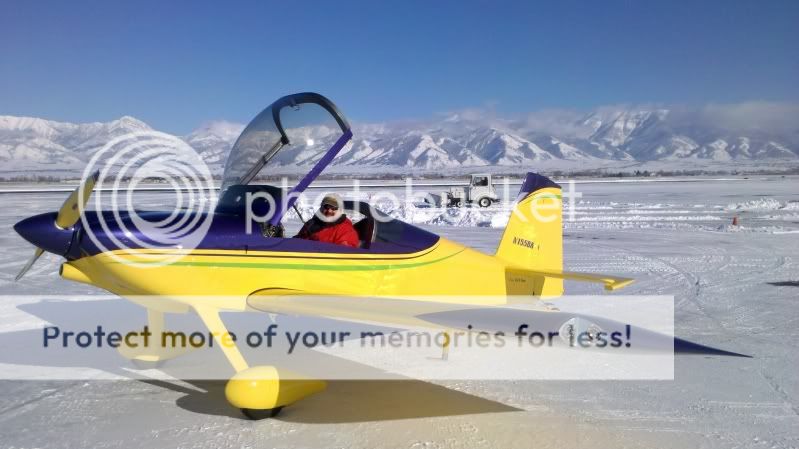How about temps for the oil in cold weather? I fly all winter, but not normally below about 15f due to comfort, but I can't keep my oil over 150f even at 30f oat. I bypassed my cooler (since it did no good to block it off completely), checked the sensor (and found it to 14 degrees low), and even only put in six quarts of oil and the change, and I can only get 150f on the oil. I am down to trying to block off the exit area in order to warm it up. CHTs are all from 160-225 at 30f outside. Lycoming says no less than 165f on the oil, but I can't get there.
Any ideas?
Jim
RV-6 O-320-D1A carbed.
Jim,
That is way too cold. You need to block off your air inlet more to raise the CHT temps. If you can't get over 225 CHT then I doubt you will get the oil temp you want. If it where me I would built aluminum block off plates, and drill some holes in them until it was letting about half the air though, then a short flight to see where I'm at and add more holes if needed.
Remember, this is an air cooled engine which means that the cyl expands when it gets hot. The piston/bore clearance is set to work at operating temp, which is why you want your engine well warmed up before takeoff. In your case, it never gets to operating temp which is dangerous.
Another issue is that your oil isn't getting hot enough to burn off the moisture, which can cause corrosion issues.
As for my limits, I live in Alaska and winter flying is great and if you have skis safer in my opinion since you have 5 times more options for a forced landing than in the summer, however I won't operate in less than 10f for fun flying, but I may go down to 0 if I really need to go somewhere.
The issue isn't the airplane since everyone up here has block off plates or cowl flaps and uses a red dragon to preheat, the issue for me is the survivability. At 0 or below if the crash doesn't kill you, the cold will, unless your very prepared.
As far as cold starting go, personally, I've started my airplane in 35f without worrying about it. The oil isn't that much thicker than at 50f. Anything less than that and ill preheat at least a little.
I should note this is with a multigrade oil which tends to not stick to engine parts as well so you need to use the airplane frequently, but it does really work better for cold starts.
I think that straight 50 weight oil protects the engine better overall if you have a hanger and preheat every time, but in Alaska this isn't very practical for most pilots.
Schu








